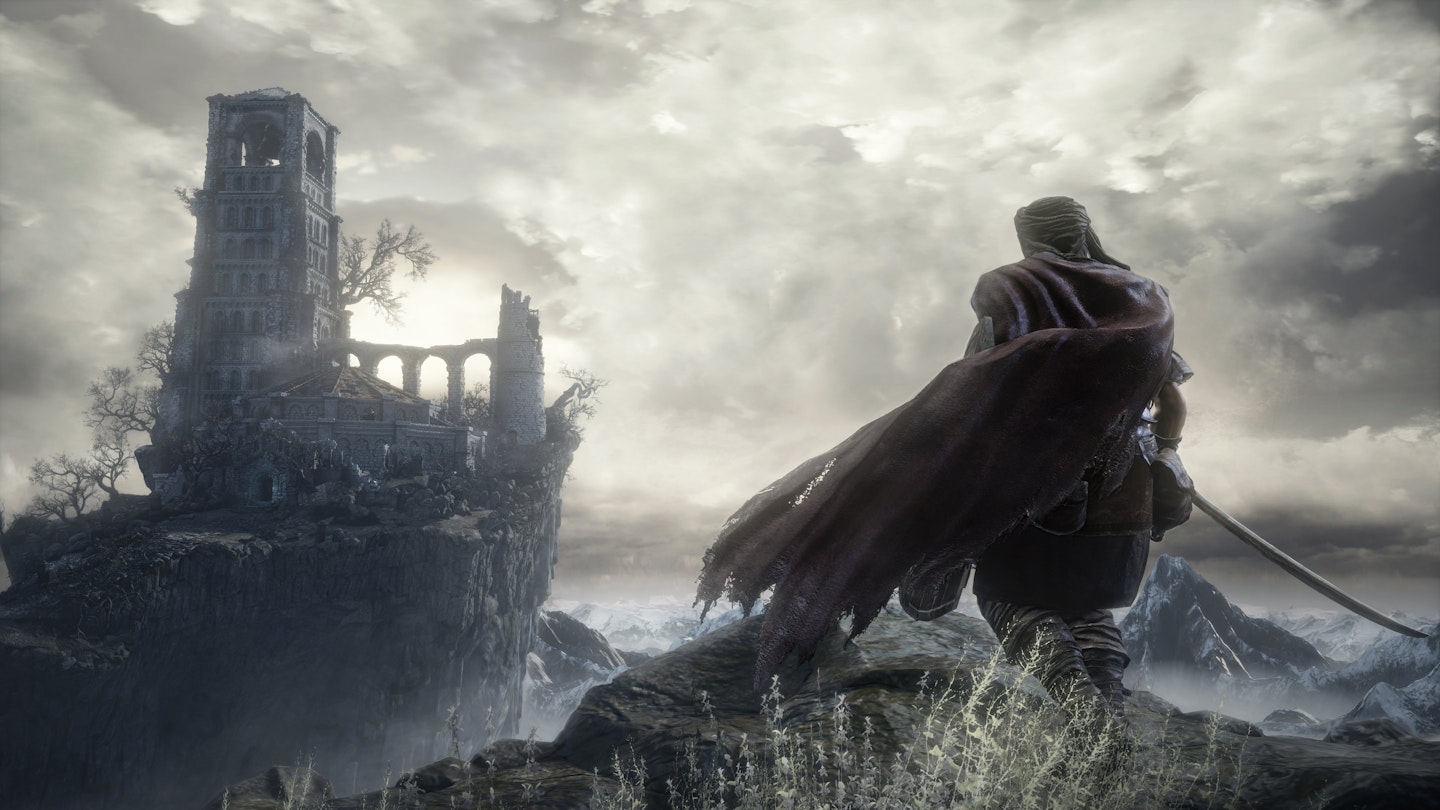From the doom-laden opening to its final, nightmarish boss, Dark Souls III is an oppressive, grim experience that will see you butchered by harmless-looking trash mobs and crushed to bloody ruin by hulking, story-high behemoths. And Dark Souls fans wouldn’t have it any other way.
Risen from an ancient grave, you set out to hack and slash your way through Lothric, a dying land where humanity's works have been reduced to ash and embers. Your aim is to defeat the Lords of Cinder in an effort to restore the Flame of Life. As ever with this series, the baffling lore is secondary to the struggle, whereby you gradually explore the city’s crumbling majesty while engaging in tentative (and often fatal feint and riposte battles with a menagerie of unholy minions.
Dark Souls III is an oppressive, grim experience that will see you butchered by trash mobs and crushed by hulking behemoths. Fans wouldn’t have it any other way.
Souls’ particular brand of third-person combat has always been its biggest strength and this offers a keen evolution, with new character types, weapons, and spells. The more flexible character creation opens the game up to varied play styles, although many of the more nuanced classes will only shine in the hands of seasoned players. Anyone tackling the game’s first boss, frozen knight Iudex Gundyr, without a brute force melee build will be quickly punished for their hubris.
But while the challenge is significant, Dark Souls III isn’t nearly as tough as its infamous predecessors. And when difficulty is an integral part of the series' appeal (integral even to the real-world mythology surrounding the games), that's both a blessing and a curse.
It's never easy, but it is more forgiving, making it more accessible to players who have been tempted by the series but deterred by its reputation. For instance, weapons now have Battle Arts: more powerful attacks made available when using a two-handed grip, making melee battles more akin to magical ones. These feel like a direct concession to newcomers – a kind of failsafe attack: 'unleash in case of Yhorm of the Profaned Capital'. Defeat major enemies and you'll glow with the embers they leave behind, significantly boosting both health and power.
Even the most skilled players will still die, frequently, and progression demands a fanatical memorisation of enemy positions, attack patterns, boss strategies and more. But the changes in Dark Souls III, while mechanical improvements on to the overall game, might have placed the lure of a bigger audience above the army of masochistic loyalists that built the game's legend.
